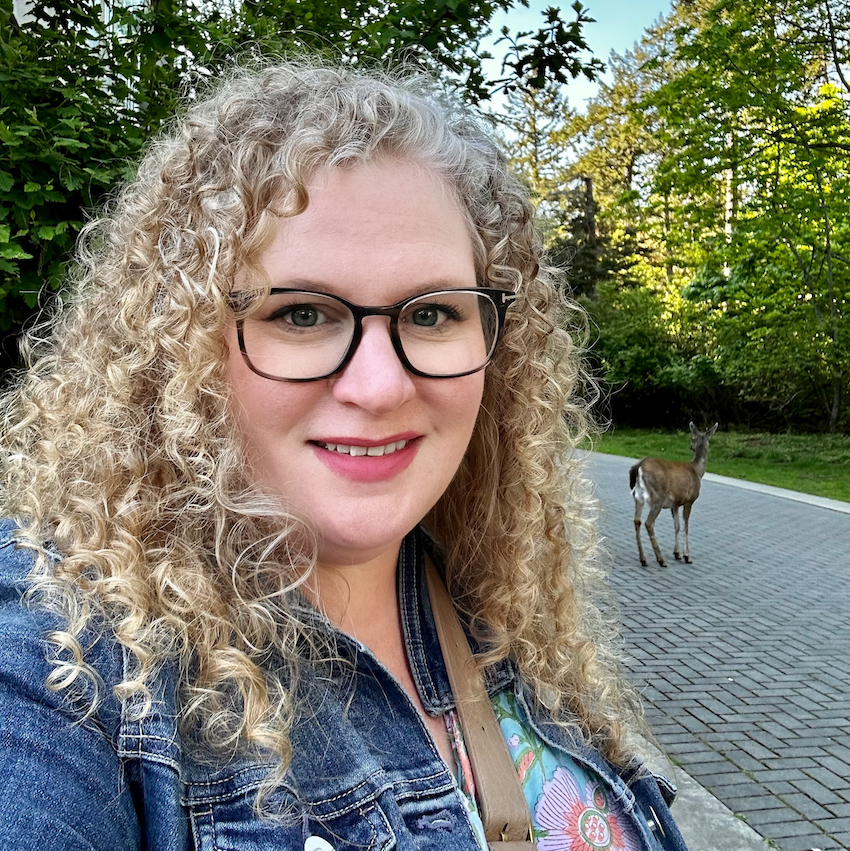Cited By
View all- Choi DPark J(2024)Flowing Line: A New Proposal of Visual Guidance Considering FoMO and Flow in Virtual MuseumsArchives of Design Research10.15187/adr.2024.02.37.1.20937:1(209-225)Online publication date: 29-Feb-2024
- Waldenmeier KPoeller SDechant MBaumann NMandryk R(2024)Cheat Codes as External Support for Players Navigating Fear of Failure and Self-Regulation Challenges In Digital GamesProceedings of the 2024 CHI Conference on Human Factors in Computing Systems10.1145/3613904.3642603(1-13)Online publication date: 11-May-2024
- Zagata KMedyńska-Gulij B(2023)Mini-Map Design Features as a Navigation Aid in the Virtual Geographical Space Based on Video GamesISPRS International Journal of Geo-Information10.3390/ijgi1202005812:2(58)Online publication date: 8-Feb-2023
- Show More Cited By


